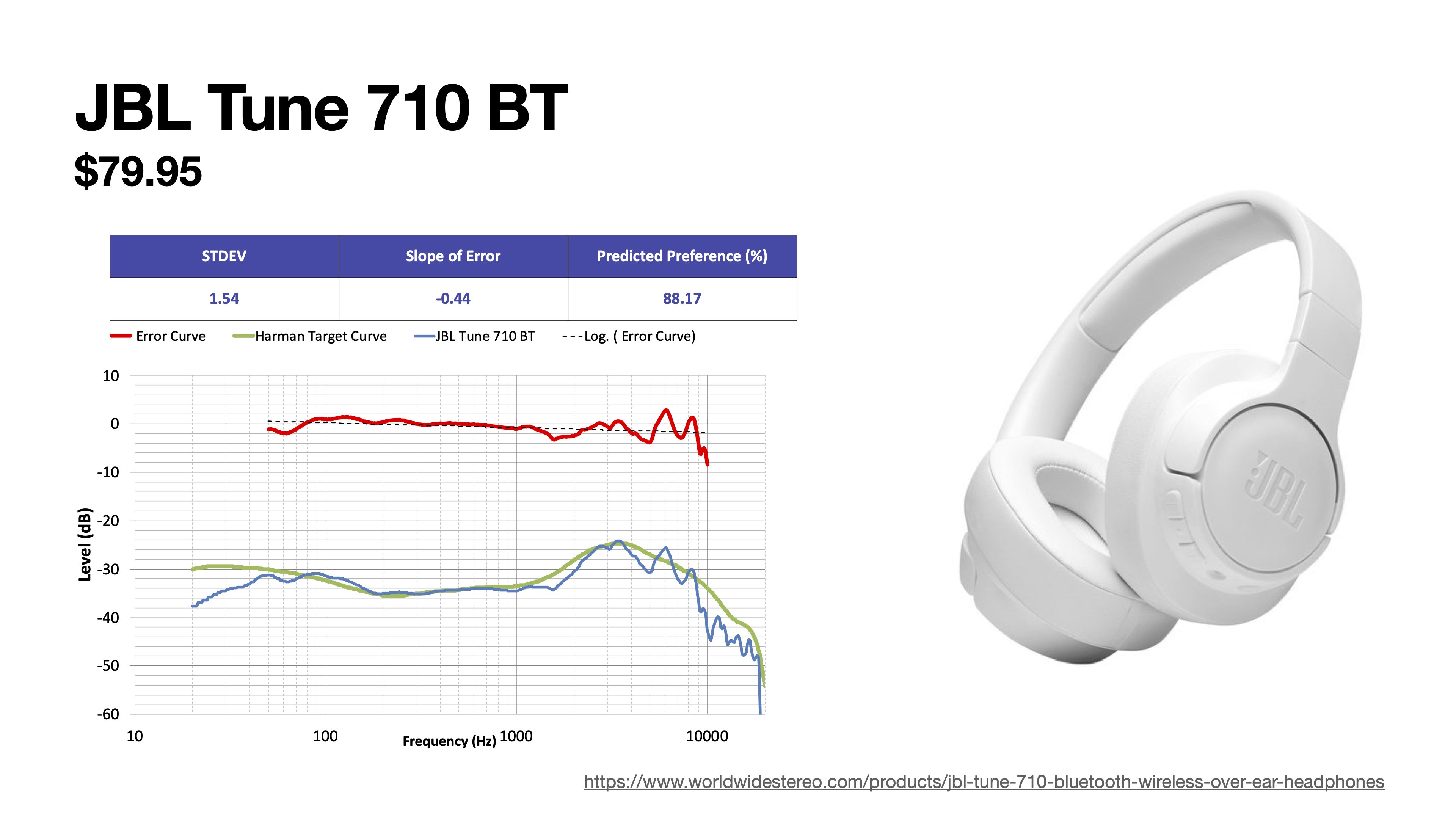Well I was surprised to see this, but cool!
There are tons of topics that can be covered, but as an intro I wanted to make an effort to make it accessible to non-engineers.
No, I won't spill beans on other products, I try to avoid direct comments on competitors, it's generally bad form, especially if it's not positive.
We actually do a lot of work with impulse response, in fact when Amir measured Stealth I asked him to share that measurement because I thought it was worth noting.
There are tons of topics that can be covered, but as an intro I wanted to make an effort to make it accessible to non-engineers.
No, I won't spill beans on other products, I try to avoid direct comments on competitors, it's generally bad form, especially if it's not positive.
We actually do a lot of work with impulse response, in fact when Amir measured Stealth I asked him to share that measurement because I thought it was worth noting.

